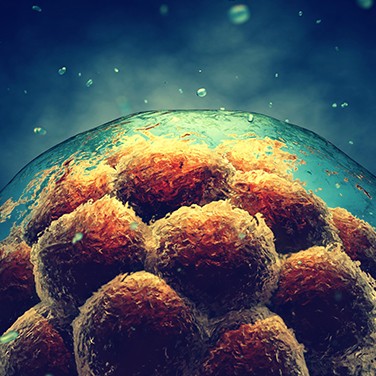New Stem Cell Technique for Faster Growth
By Ralph Birch
Scientists from the Wellcome Trust Sanger Institute and the University of Cambridge have developed a new technique for creating human brain and muscle cells from stem cells. This new method can produce millions of functional cells in just a few days and opens the door to the possibility of creating many more cell types for the study of diseases.
The findings, published earlier this year in Stem Cell Reports, describe the ability to turn human pluripotent stem cells into any type of tissue. Being able to replicate hard-to-access brain cells, for example, may give researchers a new way to study human development and the eff ects of cancer, Alzheimer’s and other diseases at the cellular level.
Normally, it takes approximately nine to twelve months for a single human brain cell to become fully formed. In the past, scientists could generate brain cells from pluripotent stems cells in three to 20 weeks. But this method is complicated and time-consuming and often results in a culture of mixed cells. With the new OPTi-OX protocol, viable cells are produced much more quickly.
The OPTi-OX Method
The name for the new OPTi-OX method stands for OPTimised inducible OvereXpression. OPTi-OX hinges on a method of switching “on” the right genes in human stem cells. In addition to producing grey matter (neurons), white matter (oligodendrocytes) and muscle cells, scientists believe OPTi-OX can be used to create any cell type — at high purity and in a shortened time frame.
Scientists have used OPTi-OX to produce neurons, oligodendrocytes and muscle cells by altering the DNA of the stem cells. By selecting and activating the correct genes, the cells were essentially reprogrammed, creating a large and nearly pure group of identical cells.
Hope for the Future
In addition to shortening the timetable for cell creation, scientists can also use OPTi-OX to produce as many cells as they need for their research at a given time. Researchers will be able to test drug therapies and other applications and observe the effects sooner, which may lead to advancements in the treatment of a variety of diseases. OPTi-OX may even be used to create cells for inclusion in the Human Cell Atlas, yet another way that this new technology is expected to facilitate additional avenues of research.
Once created, the Human Cell Atlas will be a collection of cellular reference maps that characterizes each of the thousands of cell types that make up the human body and identifies where they’re found. The atlas should prove to be a valuable tool for the global research community in its effort to study the reactions of different cell types.
“When we receive a wealth of new information on the discovery of new cells from large-scale projects, like the Human Cell Atlas, it means we’ll be able to apply this method to produce any cell type in the body, but in a dish,” said Daniel Ortmann, one of the authors of the study
